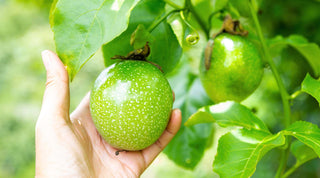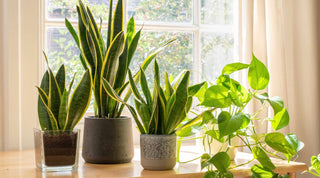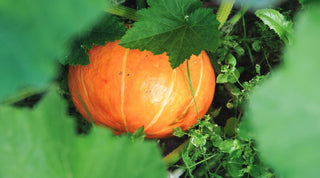Nasturtiums, with their vibrant blooms and edible parts, are a must-have in any garden.
Known for their ease of cultivation and multitude of uses, these cheerful plants not only add a splash of color to your outdoor space but also bring along a host of benefits. In this blog post, we'll guide you through growing nasturtiums and highlight the top benefits that make them an invaluable addition to your garden.
Growing Nasturtiums
-
Choosing a Site: Nasturtiums thrive in full sun to partial shade. They prefer poorer soils as fertile soil may promote more foliage than flowers. Select a site that allows for ample sunlight and has well-draining soil.
-
Sowing Seeds: Directly sow seeds in the garden, 1/2 inch deep, after the last frost. Nasturtiums do not transplant well due to their long taproots, making direct sowing the best method. Space seeds about 10 to 12 inches apart to allow for spreading.
-
Watering and Care: Water nasturtiums regularly, but be careful not to overwater. They are drought-tolerant once established and excessive water can dilute their flavor and reduce flowering. Minimal feeding is required; too much fertilizer will encourage leaf growth over blooms.
- Pest Management: Nasturtiums are remarkably resistant to pests and can even lure aphids away from other plants, acting as a sacrificial crop.
Top Benefits of Growing Nasturtiums
-
Edible Parts: Both the leaves and flowers of nasturtiums are edible. They have a peppery taste, similar to arugula, making them a perfect addition to salads, sandwiches, and as garnishes. The seeds can also be pickled to serve as caper substitutes.
-
Companion Planting: Nasturtiums are excellent companion plants. They attract beneficial insects like pollinators while deterring many pests, such as aphids and cucumber beetles. Planting nasturtiums near your vegetable garden can help protect your crops naturally.
-
Medicinal Uses: Historically, nasturtiums have been used for their medicinal properties. They contain high levels of vitamin C and are believed to have antimicrobial and antioxidant benefits. Nasturtiums can be used in natural remedies to support the immune system and promote overall health.
-
Soil Improvement: As they grow, nasturtiums can help improve the soil structure. Their extensive root system loosens compacted soil, enhancing soil aeration and drainage.
-
Easy to Grow: Nasturtiums are low-maintenance and easy to grow, making them ideal for beginner gardeners or those with limited time. They can flourish in various conditions, from garden beds to containers, without needing much care.
-
Aesthetic Appeal: With their bright, bold flowers in shades of red, orange, yellow, and cream, nasturtiums add instant beauty to any garden space. Their trailing habit makes them perfect for hanging baskets, window boxes, or as a ground cover.
- Natural Pest Control: By attracting predatory insects, such as ladybugs, nasturtiums help control pest populations naturally. This reduces the need for chemical pesticides, promoting a more organic garden environment.
Conclusion
Nasturtiums offer a blend of beauty, utility, and ease of care that's hard to match in the gardening world. Whether you're interested in their culinary uses, medicinal properties, or simply want to enjoy their bright blooms, nasturtiums are a fantastic choice for any gardener. By following the simple growing tips outlined above, you can enjoy the myriad benefits of these versatile plants. Embrace the charm and functionality of nasturtiums in your garden this season and reap the rewards of their vibrant blooms and beneficial attributes. Happy gardening!



